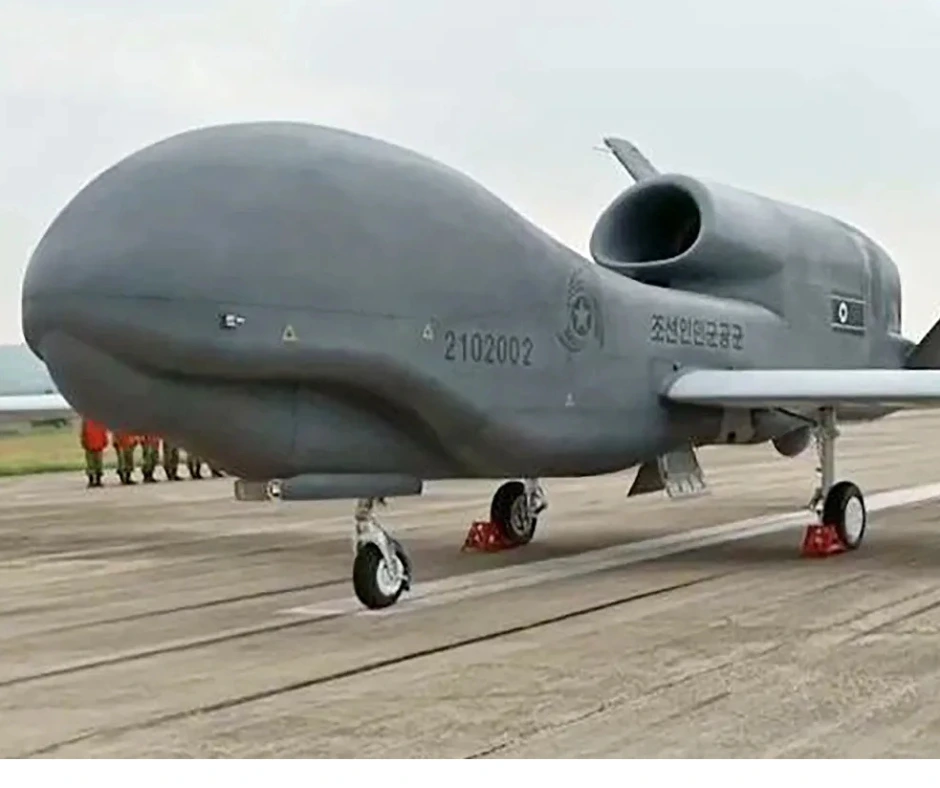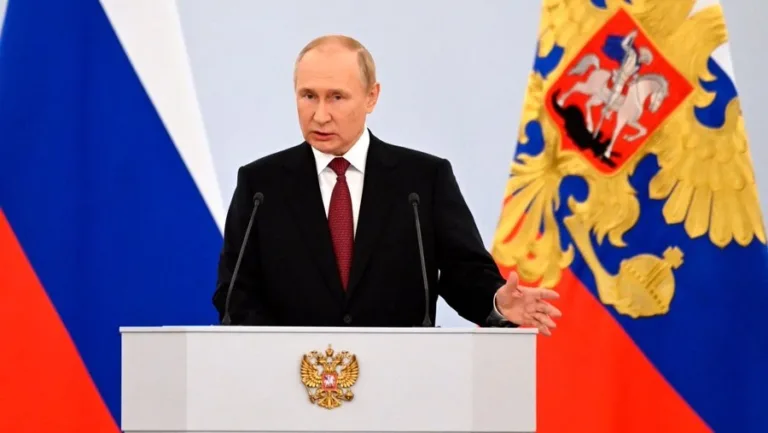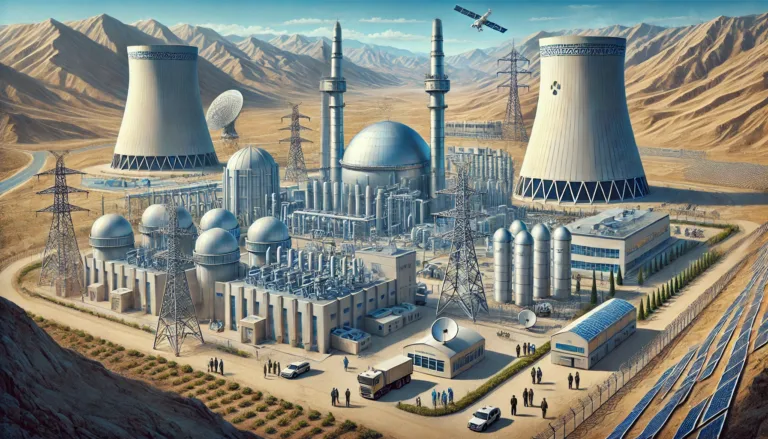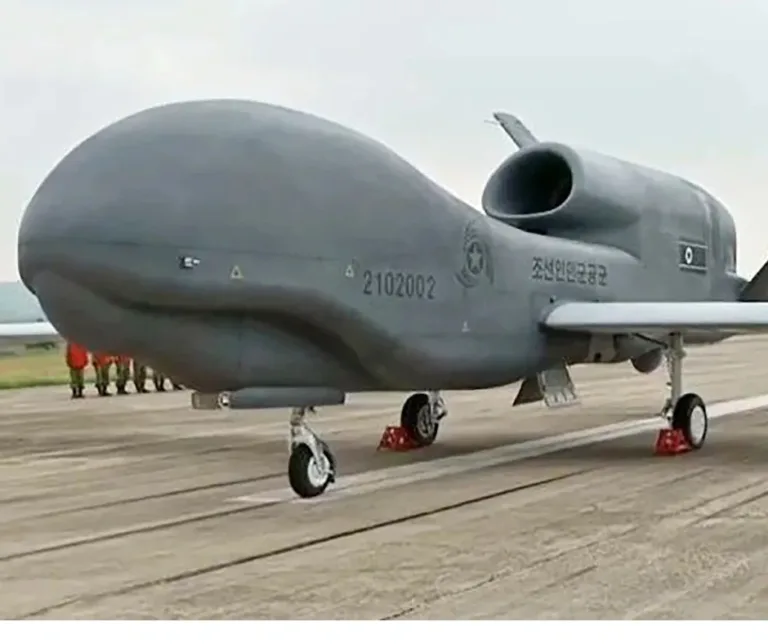
In a significant move signaling North Korea’s growing focus on modern warfare, leader Kim Jong Un has ordered the mass production of suicide attack drones. This decision comes after a series of successful tests overseen by Kim, demonstrating the potential of these drones to precisely strike enemy targets on both land and at sea. The development of these drones could dramatically change the nature of warfare in the region and raise serious security concerns for neighboring countries.
The Rise of Suicide Attack Drones
Suicide attack drones, also known as loitering munitions, are unmanned aerial vehicles designed to carry explosive payloads that target and destroy high-value enemy positions. Unlike traditional drones, these weapons are designed to crash into their targets, making them highly effective in disrupting and neutralizing larger or more secure targets that may be difficult to reach with conventional airstrikes. North Korea’s focus on these drones is not just a response to current threats but an investment in future warfare capabilities.
Kim Jong Un recently witnessed the tests of these suicide drones, which were conducted by an affiliated institute of the Unmanned Aerial Technology Complex. Reports from the Korean Central News Agency (KCNA) highlighted that the drones successfully identified and destroyed mock targets, such as tanks and other ground-based military assets. The leader’s satisfaction with the results is evident, as he emphasized the importance of advancing these weapons to enhance North Korea’s tactical and strategic military readiness.
Mass Production for Tactical Superiority
As per NBC NEWS, Reuters reported that Kim had previously supervised the test of suicide drones earlier in the year amid a rapidly developing military cooperation with Russia, raising questions as to whether he was receiving technical help from Moscow to develop them.
The decision to move forward with mass production is seen as a clear strategy by Kim Jong Un to bolster North Korea’s defense capabilities. According to Yonhap and KCNA, Kim affirmed that North Korea possesses the full potential and resources needed to produce various types of drones for different combat scenarios. He stressed that these drones would be integral to tactical infantry, special operations units, and even long-range reconnaissance. The potential to integrate artificial intelligence into these drones further signals a commitment to modernizing North Korea’s military technology.
One of the key advantages of these drones is their relatively low cost compared to traditional missile systems, allowing for large-scale deployment. The use of drones is increasingly popular in modern conflicts, where precision and stealth are paramount. With tensions in the region escalating, including ongoing military exercises by South Korea and the United States, this new focus on drones gives North Korea a potential edge in asymmetric warfare.
A Shift Toward Modern Warfare
This shift to unmanned aerial technology aligns with Kim Jong Un’s broader vision of modernizing North Korea’s military. In August 2024, he ordered the production of more suicide drones and other advanced unmanned weaponry, calling for improved combat capabilities to support modern warfare tactics. The increased reliance on drones allows North Korea to avoid direct confrontations while still having a potent strike capability. This also opens up the possibility for North Korea to engage in more sophisticated warfare strategies, utilizing drones for surprise attacks and precision strikes at high-value targets.
With the rising influence of drone warfare globally, this move by Kim Jong Un raises questions about potential cooperation between North Korea and other nations with advanced drone capabilities, particularly Russia. The similarity between North Korea’s new drones and Russia’s Lancet drones, used extensively in the Ukraine conflict, suggests that Pyongyang could be seeking technical collaboration with Moscow. This is in line with the growing military ties between the two countries, further highlighted by Kim’s meeting with Russian President Vladimir Putin in 2023.
Global Reactions and What’s Next
The development of suicide attack drones by North Korea is a growing concern for neighboring countries, especially South Korea and Japan. These drones pose a significant threat, as they could bypass conventional defense systems and reach critical military and civilian infrastructure. In response, South Korea has been ramping up its defense systems, including counter-drone technologies, to detect and neutralize these threats before they can cause significant damage.
As global security experts analyze the potential consequences of North Korea’s drone ambitions, the international community remains divided. On one hand, these drones represent a cost-effective means of asymmetric warfare. On the other, they pose a unique challenge to existing defense paradigms, especially in a region already rife with geopolitical tension.
In conclusion, Kim Jong Un’s decision to mass-produce suicide attack drones marks a pivotal moment in North Korea’s military strategy. It signals a move towards modern warfare techniques that will reshape the balance of power in the Korean Peninsula and beyond. As North Korea continues to enhance its military capabilities, the world watches closely to understand the full implications of these developments.





